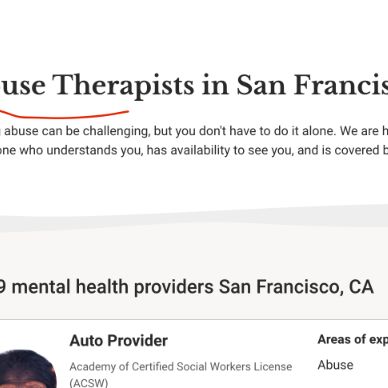Self-harm rarely occurs in isolation. It’s typically a response to intense emotional pain or underlying psychological conditions that make it difficult to manage distress in a healthy way. For many individuals, self-injury becomes a form of emotional regulation — a way to release, distract from, or “feel” something during times of numbness, anxiety, or inner chaos.
Common Emotional Triggers
People who self-harm often experience overwhelming feelings such as:
- Shame or self-hatred: A person may feel they are fundamentally “bad,” broken, or undeserving of kindness — and use self-harm as a form of punishment.
- Guilt: Self-harm may be seen as a way to “atone” for perceived mistakes or wrongdoings.
- Anger: Particularly when it can’t be safely expressed outwardly, anger may be turned inward.
- Loneliness or isolation: The pain of feeling unseen or unloved can become so intense that physical pain feels more tolerable.
- Numbness: Some individuals self-harm to “feel something,” especially when emotionally disconnected or dissociating.
- Fear of abandonment: In some cases, self-injury is a desperate attempt to express distress or maintain a connection when someone feels emotionally at risk of being left.
These emotions are not signs of weakness or drama — they’re signs of deep inner struggle. That’s why therapy for self harm focuses not just on stopping the behavior, but on understanding and soothing these underlying emotional wounds.
Mental Health Conditions Commonly Linked to Self-Harm
Self-harm is not a mental illness in itself, but it often co-occurs with one or more mental health conditions. Addressing these conditions is a key part of effective treatment.
- Depression
Self-harm is common among people with depression. Feelings of hopelessness, worthlessness, and emotional numbness may drive someone to seek sensation or relief through self-injury. It may feel like a way to “wake up” when everything else feels flat or meaningless.
- Anxiety Disorders
Individuals with generalized anxiety, panic disorder, or social anxiety may use self-harm as a way to escape intense worry or to gain a sense of control. When anxiety becomes unbearable, physical pain may temporarily redirect focus or calm the nervous system.
- Borderline Personality Disorder (BPD)
BPD is one of the conditions most closely associated with self-harm. People with BPD often experience intense, rapidly shifting emotions, unstable relationships, and chronic feelings of emptiness. Self-injury can serve as a coping mechanism during moments of extreme distress, abandonment fears, or emotional overload. Dialectical behavior therapy for self harm is particularly effective for individuals with BPD.
- Post-Traumatic Stress Disorder (PTSD)
For trauma survivors, self-harm may be a response to flashbacks, intrusive thoughts, or emotional dysregulation. It can also reflect feelings of guilt or self-blame stemming from the trauma. Therapists may integrate trauma-informed approaches to address these deeper wounds.
- Eating Disorders
Self-harm often coexists with disorders like anorexia and bulimia. Both behaviors may be rooted in perfectionism, control, or self-punishment, and both may function as ways to manage emotional pain or dissociation.
- Obsessive-Compulsive Disorder (OCD) and Related Conditions
Some individuals may experience self-harming urges as part of compulsive behavior or obsessive thoughts. This is less common but can be addressed through cognitive behavioral therapy for self harm that includes exposure and response prevention (ERP).
- Substance Use Disorders
Self-injury and substance abuse sometimes occur together, particularly when a person is using both to numb pain or escape overwhelming emotions. Therapy may address the interconnected patterns of coping and self-soothing.
The Importance of a Holistic Approach
Because self-harming behavior is so often tied to other emotional and psychological challenges, effective treatment requires a comprehensive view of the person’s mental health. A self harm therapist will assess co-occurring issues and tailor treatment accordingly — using an integrated approach that may include talk therapy, skills training, trauma work, family support, or medication when appropriate.
Whether you're seeking online therapy for self harm or in-person support, the goal is to help the individual build emotional awareness, learn safer coping strategies, and create a life where self-harm no longer feels necessary.
Dialectical behavior therapy for self harm and cognitive behavioral therapy for self harm are effective in helping clients identify, understand, and tolerate these emotions without turning to physical harm.













